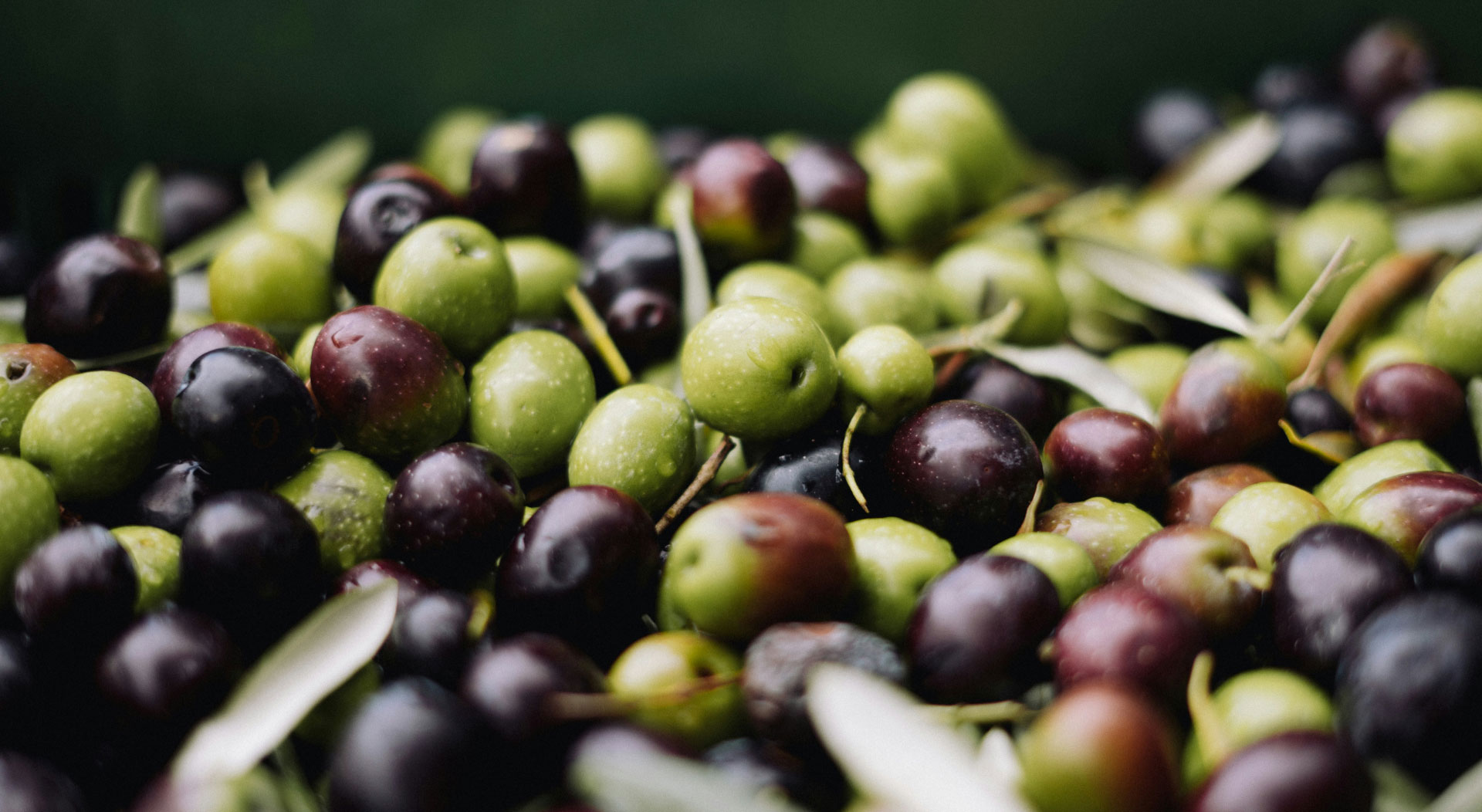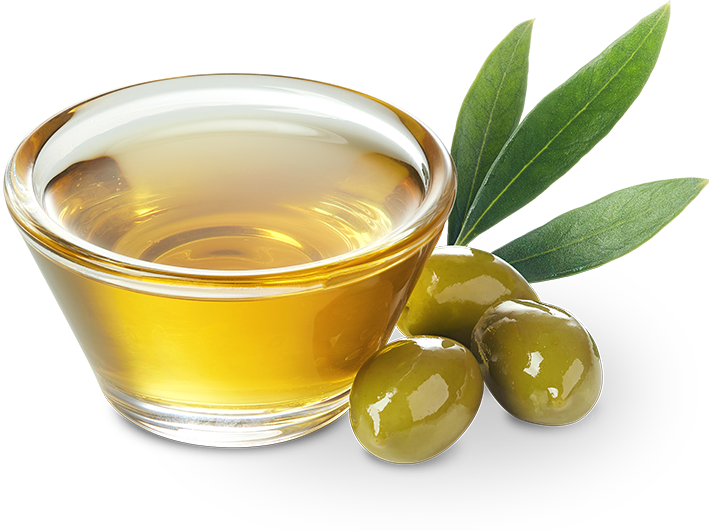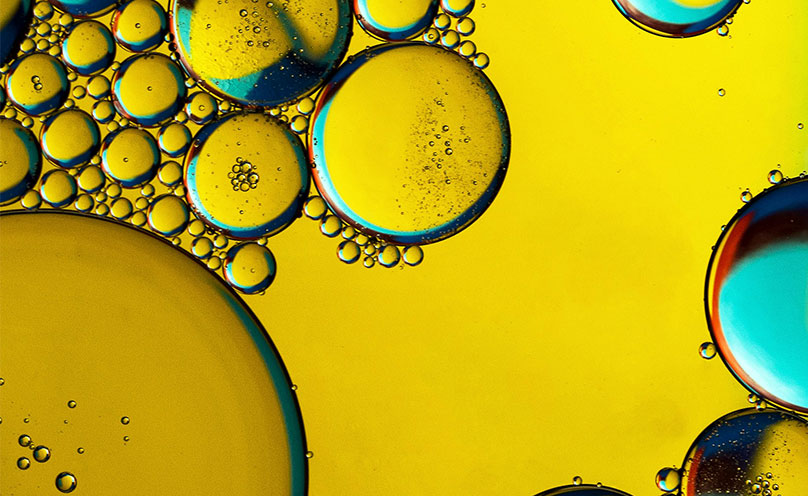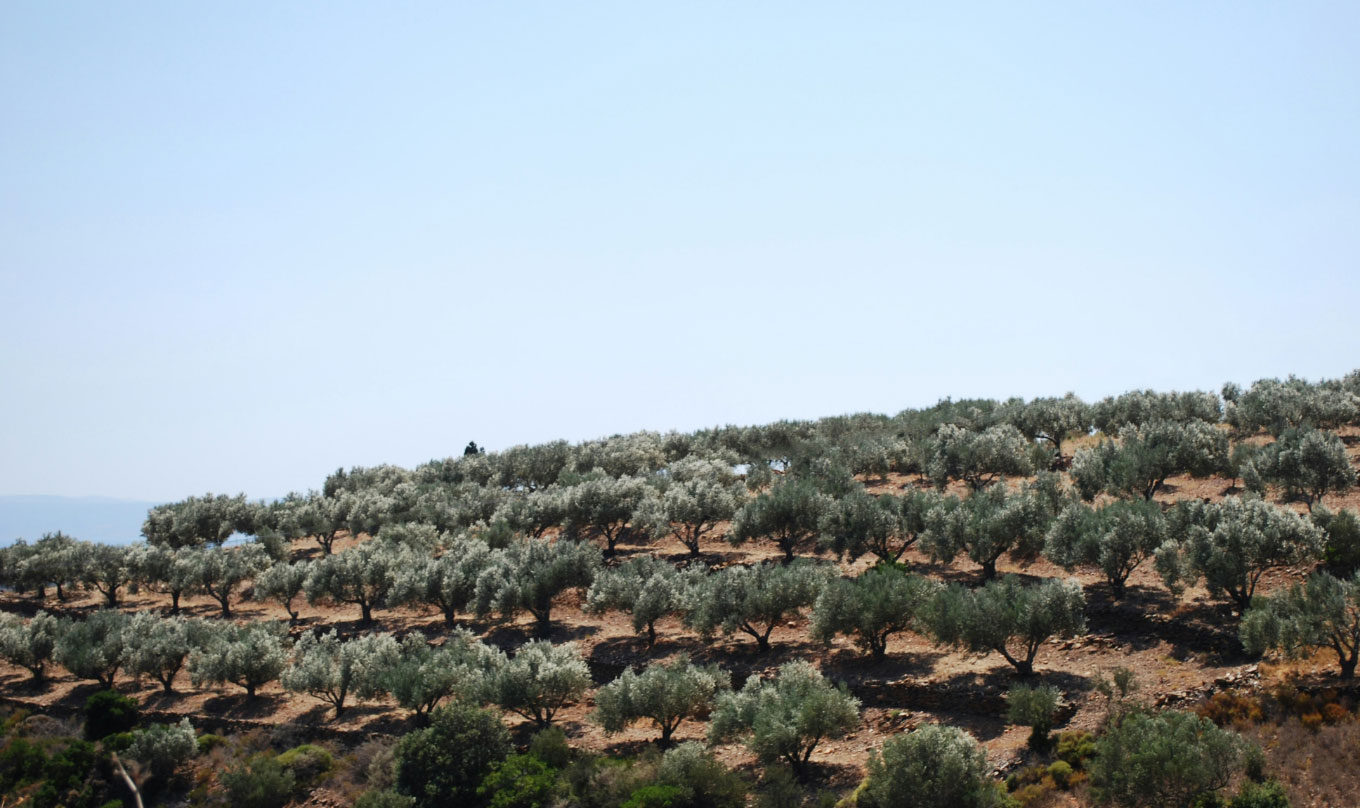 06.06.24
06.06.24
Olive Oil Categories
Explore the main categories of olive oil, defined by distinct production methods and chemical parameters, essential for assessing their quality and suitability in various uses.
read more
Extra virgin olive oil is a natural liquid fat made from processing the whole fruit of the olive tree (Olea Europaea, family Oleaceae). In simple terms, it’s created by crushing fresh olives and extracting their oil using only mechanical methods at low temperatures—without adding anything artificial or chemical.
Because extra virgin olive oil is pure fruit juice, its quality and flavor depend on several factors: the olive varieties used, the unique terroir where they grew, and the countless choices made by producers during harvest and processing.
From a scientific perspective, extra virgin olive oil must meet strict standards. Its free acidity, expressed as oleic acid, cannot exceed 0.8 grams per 100 grams, while its peroxide value must stay below 20 milliequivalents O₂. Moreover, it has to be produced entirely through mechanical means, without solvents, and under temperatures that protect its quality (below 27°C or 80°F).
On top of that, olive oil is naturally low in saturated fats and rich in heart-healthy monounsaturated fats—a delicious and healthy choice.

On average, extra virgin olive oil contains about 15% saturated fat, 7% polyunsaturated fat, and 60–80% oleic acid (a heart-healthy monounsaturated fat). Beyond its fat profile, it’s also contains powerful nutrients like polyphenols, flavonoids, vitamin E, provitamin A, essential minerals, and trace elements.
All these micro-elements act as antioxidants—working double duty. First, they protect your body from the harmful effects of free radicals. At the same time, they keep the oil itself stable and long-lasting by preventing oxidation.
But chemistry isn’t the only thing that matters. For an olive oil to earn the “extra virgin” title, it must also pass a sensory test conducted by a trained tasting panel recognized by the International Olive Council. The olive oil has to be free from defects and showcase a pleasant fruitiness.
In short, extra virgin olive oil should taste like fresh, vibrant olives—without any off-flavors. It’s the highest-quality, most premium, and yes, the priciest classification of olive oil you can get.

A set of olfactory sensations characteristic for olive oil. Depends on the variety and comes from sound, fresh olives, either ripe or unripe. It is perceived directly, and/or through the back of the nose.
Characteristic primary taste of olive oil obtained from green olives or olives turning colour. It is perceived in the circumvallate papillae on the “V” region of the tongue.
Biting tactile sensation characteristic of olive oils produced at the start of the crop year, primarily from olives that are still unripe. It can be perceived throughout the whole of the mouth cavity, particularly in the throat.
Color doesn’t show something about the olive oil. It can range from metallic yellow to deep emerald and that variation depends on factors like the olive cultivar, harvest timing, and even the weather during the growing season.
Because color can be misleading, professional tastings are always done with cobalt blue olive oil glasses approved by the International Olive Council (IOC). That way tasters focus entirely on flavor and aroma, without being subconciously influenced by the colour of the olive oil.
 06.06.24
06.06.24
Explore the main categories of olive oil, defined by distinct production methods and chemical parameters, essential for assessing their quality and suitability in various uses.
read more 04.06.24
04.06.24
Learn how to choose the best olive oil with tips on category, extraction methods, origin, and storage practices to preserve its quality and flavor.
read more